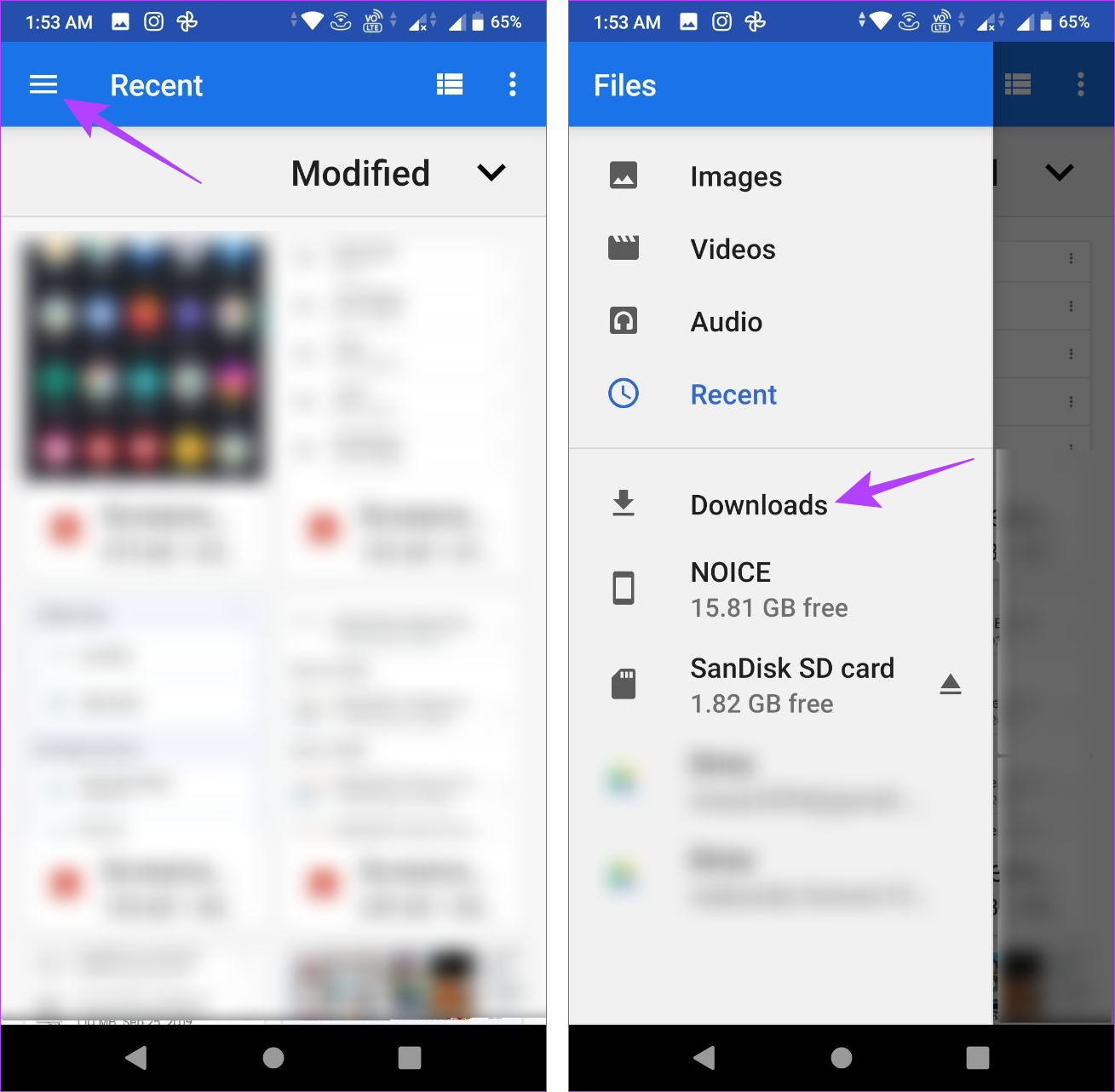5 Essential Elements For download phone on tablet for free
5 Essential Elements For download phone on tablet for free
Blog Article
Locating downloaded and install files on your Android device can be a obstacle. With ease, your phone can rapidly become jumbled with images, video clips, screenshots, and other documents. To liberate space on your tool, it's important to monitor where your downloads are saved. By doing this, you can quickly recognize and erase unnecessary documents.

This overview shows you exactly how to locate an essential file that disappeared and just how to arrange your Downloads folder. Below's just how to locate downloads on your device, whether you make use of one of the most effective Google Pixel phones or one more Android smartphone.
Locate your downloads with the default data manager
Each mobile phone producer may provide a somewhat different built-in Android app for data management, yet your experience needs to be similar. If you possess a Samsung phone, describe our tutorial, which demonstrates how to find downloads on your Samsung Galaxy phone.
Comparable to running systems like Windows, macOS, and iOS, Android has a Downloads folder for your data. Do the following to find the downloads on your device:
1. Open up the Data or My Documents app from the home display or app drawer.
2. Seek a section called Downloads.
3. Touch it to check out the files you downloaded.
Make use of the Files by Google application for your downloads
Numerous Android documents supervisor apps on the Google Play Shop allow you to locate your downloaded files. Files by Google is one of the best alternatives if you don't intend to handle complex UIs. It's also a excellent substitute for any type of default documents supervisor app preinstalled on your gadget.
4. Open the Documents application.
5. Select the Browse tab near the bottom.
6. Tap Downloads.
7. Select the Download tab to see the data in that folder.
Situate your downloads by hand
If you're unable to locate the Downloads folder on the main page of your documents supervisor application, try accessing your phone's interior storage space rather. Right here's a step-by-step overview on how to do it:
1. Open up the Data app.
2. Select the Browse tab near the bottom.
3. Scroll down and go to Inner storage space.
4. Tap the Download and install folder.
Move your downloads to one more area
Transferring files out of the for various reasons, particularly for data that hold delicate or individual information. Positioning such files in their assigned folder enhances their protection and reduces the danger of unintentional deletion. Moreover, it assists avoid them from being lost among the multitude of unrelated files you may download.
1. here Open the Files app.
2. Navigate to your Download folder.
3. Tap the three-dot menu to the right of any file.
4. Choose the Move to option.
5. Tap Internal storage at the bottom.
6. Select any location or folder.
7. Tap Move here to transfer the file to that location.
You can also use the Copy to option and paste these files to another location. This allows you to create as many duplicates as you want without removing the original files from your Download folder.
View the exact location of your downloadsM/b >
At times, you might need to locate the Download folder click on the three-dot menu beside a downloaded file and select File info. For many up-to-date Android devices, the default path for downloads is/ storage/emulated/0/ Download. Although certain third-party web browsers could save files elsewhere, this is typically the primary download location.
Managing your downloads is easier than you think
Google's Files app is a great option if you prefer simplicity in a file manager. It has a clean UI and easy-to-use features. The app neatly organizes your documents by file types like downloads, images, videos, and audio. It also offers to clear junk files.
When it comes to organizing and cleaning, you can create extra storage room by mastering the removal of unnecessary WhatsApp media files. On select Android devices, you have the option to add an SD card if storage space remains limited.
Report this page